2024 Total Solar Eclipse: NASA, NOVA, NBC, Scientific American
https://science.nasa.gov/eclipses/
When the Earth, Moon, and Sun line up in space, we can see an eclipse. NASA studies eclipses from the ground, in our atmosphere, and in space, influencing solar, planetary, and Earth science.
Get ready for the 2024 total solar eclipse!
2024 Total Solar Eclipse
On April 8, 2024, a total solar eclipse will cross North America, passing over Mexico, the United States, and Canada.
Experience the total solar eclipse using the latest 3D interactive technology from NASA. Using your mouse or touchpad, click inside the above window and interact with Earth to witness the eclipse. Select your view from the four options, zoom in and out, use the time controls to move forward and backwards in time, and see if your neighborhood is in the path of the shadow. You control it all with NASA’s Eyes. Visit eyes.nasa.gov to learn more.
NASA/JPL-Caltech/VTAD
FEATURED STORY
How the 2024 Total Solar Eclipse Is Different than the 2017 Eclipse
On April 8, the Moon’s shadow will sweep across the United States, as millions will view a total solar eclipse.…
About Eclipses
An eclipse is an awe-inspiring celestial event that drastically changes the appearance of the two biggest objects we see in our sky: our Sun and Moon. On Earth, people can experience solar and lunar eclipses when Earth, the Moon, and the Sun line up. Safety is the number one priority when viewing a solar eclipse. Be sure to follow these safety guidelines when viewing a solar eclipse.
QUICK FACTS
Parts of the U.S. will experience a total eclipse in April 2024.
After the total solar eclipse on April 8, 2024, the next total solar eclipse that can be seen from the contiguous United States will be on Aug. 23, 2044.
We can’t normally see the corona – the Sun’s outer atmosphere – because Sun’s surface below it is so much brighter. But during a total solar eclipse, the corona emerges, offering unique opportunities to study it.
An eclipse season is one of only two periods during each year when the Sun, the Moon and Earth are aligned, allowing eclipses to occur. Each season lasts about 35 days and repeats just short of six months later!
A partial solar eclipse is seen as the Sun rises to the left of the United States Capitol building on June 10, 2021, as seen from Arlington, Virginia.
NASA/Bill Ingalls
- Safety
- Citizen Science
- Eclipse Types
- Science
- History
Eye Safety During an Eclipse
Observing our star, the Sun, can be safe and inspirational.
Except for a specific and brief period of time during a total solar eclipse, you must never look directly at the Sun without proper eye protection, such as safe solar viewing glasses (eclipse glasses). Eclipse glasses are NOT the same as regular sunglasses; regular sunglasses are not safe for viewing the Sun. During a total solar eclipse, you must wear your eclipse glasses (or use other solar filters) to view the Sun directly during the partial eclipse phase. You can only take your glasses off during the short time when the Moon completely obscures the Sun – known as the period of totality. If you don’t have eclipse glasses, you can use an indirect viewing method, such as a pinhole projector, which projects an image of the Sun onto a nearby surface.
It is safe to look at the Moon with unprotected eyes or through a telescope during all types and during all stages of a lunar eclipse.
A family wearing eclipse glasses watches the total solar eclipse on Aug. 21, 2017.
NASA/Shannon Reed
Eclipse Stories
Sun Series: Minisode! Countdown to Total Solar Eclipse 2024
Astronauts Protect Their Eyes with Eclipse Glasses
Eclipse Across North America 2024
Harnessing the 2024 Eclipse for Ionospheric Discovery with HamSCI
Scientists Pursue the Total Solar Eclipse with NASA Jet Planes
NASA Partnerships Bring 2024 Total Solar Eclipse to Everyone
That Starry Night Sky? It’s Full of Eclipses
Scientists Use NASA Data to Predict Solar Corona Before Eclipse
Eclipses Gallery
20 IMAGES

KEEP EXPLORING
Discover More Topics From NASA
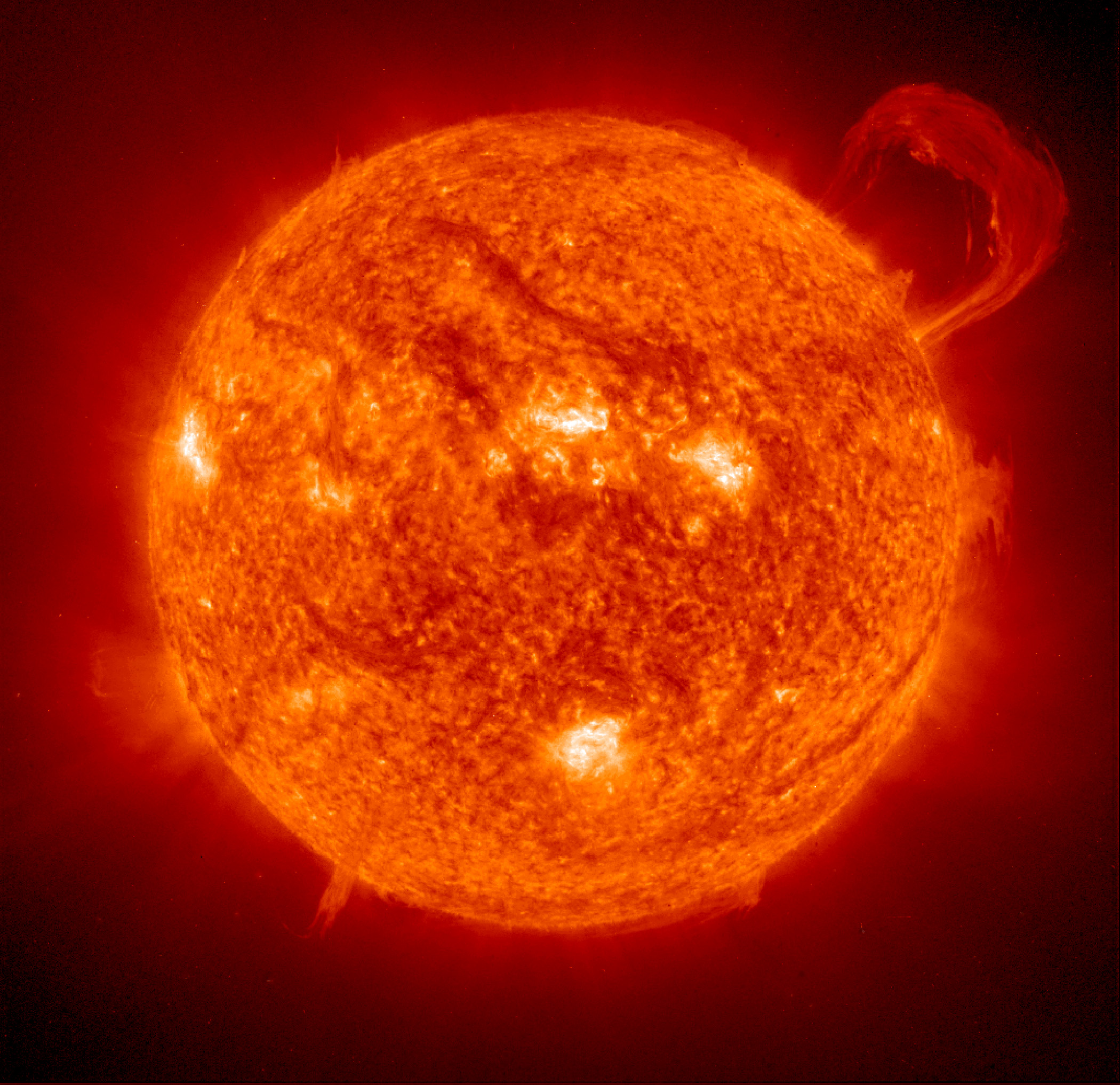
Total Eclipse: Countdown to History
19,552 views Apr 2, 2024 #NeildeGrasseTyson #Eclipse #SolarEclipse
Al Roker and Savannah Sellers look at the excitement building for the total solar eclipse, Neil deGrasse Tyson explains the science behind the phenomena with a surprise guest, and a behind-the-scenes peek at how eclipse glasses are made. » Subscribe to NBC News: / nbcnews NBC News Digital is a collection of innovative and powerful news brands that deliver compelling, diverse and engaging news stories. NBC News Digital features NBCNews.com, MSNBC.com, TODAY.com, Nightly News, Meet the Press, Dateline, and the existing apps and digital extensions of these respective properties. We deliver the best in breaking news, live video coverage, original journalism and segments from your favorite NBC News Shows. Connect with NBC News Online! Breaking News Alerts: https://link.nbcnews.com/join/5cj/bre… Visit NBCNews.Com: https://www.nbcnews.com/ Find NBC News on Facebook: / nbcnews Follow NBC News on Twitter: / nbcnews Get more of NBC News delivered to your inbox: nbcnews.com/newsletters #Eclipse #NeildeGrasseTyson #SolarEclipse
Transcript
Follow along using the transcript.
Get more of NBC News delivered to your inbox: nbcnews.com/newsletters #Eclipse #NeildeGrasseTyson #SolarEclipse
Transcript
Follow along using the transcript.
Great American Eclipse | Full Documentary | NOVA | PBS
851K subscribers
517,874 views Premiered Apr 3, 2024 #novapbs #SolarEclipse2024
Explore the spectacular cosmic phenomenon of a total solar eclipse. Official Website: https://to.pbs.org/3TTbgR4 | #novapbs Explore the spectacular cosmic phenomenon of a total solar eclipse. In April 2024, the Moon’s shadow is sweeping from Texas to Maine, as the U.S. witnesses its last total solar eclipse until 2044. This extraordinary astronomical event is plunging locations in the path of totality into darkness for more than four minutes – nearly twice as long as the last American eclipse in 2017. Learn how to watch an eclipse safely and follow scientists as they work to unlock secrets of our Sun – from why its atmosphere is hundreds of times hotter than its surface, to what causes solar storms and how we might one day predict them. Chapters 00:00 Introduction 03:41 What Happens During a Total Solar Eclipse? 08:38 Protecting Your Eyes During an Eclipse 12:08 Studying the Sun’s Corona 20:24 Ancient Sightings of Solar Eclipses 27:00 Predicting Solar Eclipses and Solar Ejections 35:23 Testing a Coronagraph During an Annular Eclipse 41:26 The Heat of the Sun’s Corona 48:57 Conclusion © 2024 WGBH Educational Foundation All rights reserved This program was produced by GBH, which is solely responsible for its content. This program is made possible by viewers like you. Support your local PBS station here: https://pbs.org/donate/ Enjoy full episodes of your favorite PBS shows anytime, anywhere with the free PBS app: https://to.pbs.org/2QbtzhR Stay up to date on the latest science discoveries, full episodes, articles, videos, and more by signing up for NOVA’s newsletter here: https://www.pbs.org/wgbh/nova/newslet… FOLLOW US: NOVA YouTube: / novaonline Facebook: / novapbs ? X: / novapbs ? Instagram: / novapbs TikTok: / novapbs PBS Facebook: / pbs X: / pbs Instagram: / pbs YouTube: / pbs TikTok: / pbs Shop: https://shop.pbs.org/ #SolarEclipse2024 Total solar eclipse 2024, when is the next total solar eclipse, what is a total solar eclipse, annular solar eclipse, corona sun, solar eclipse glasses
Chapters
Transcript
Follow along using the transcript.
Today in Science: Get ready for the solar eclipse!
Scientific American <newsletters@scientificamerican.com>
April 5, 2024: Only three days until the eclipse! This is your eclipse prep email where I’m debunking five myths about solar eclipses, how to be truly present and experience the big event, and the remarkable ways that eclipses advance science.
—Andrea Gawrylewski, Chief Newsletter Editor
TOP STORIES
The Truth About Solar Eclipses
On Monday, April 8, the moon will completely obscure the sun over a 115-mile strip of land stretching from Mexico to Canada. Some 32 million people in the U.S. will be in the path of the total solar eclipse, and millions more will see a partial eclipse in the areas surrounding “totality.” Today I’m dispelling five myths around solar eclipses (say that 10 times fast).
Myth #1: Eclipses are common and mundane.
No other rocky planet in our solar system has the right proportions to experience total solar eclipses: The sun, which is about 400 times larger than the moon, is located about 400 times farther away from Earth. And the moon’s unusually large size (compared to other moons in the galaxy) and position relative to Earth also make eclipses possible. Mercury and Venus lack moons entirely, while Mars’s two satellites are dinky captured asteroids capable of only partial eclipses.
From 1924 to 2023 only 13 eclipses crossed over the contiguous U.S. or Alaska. And over the next 100 years only 11 more will be visible. Credit: Shuyao Xiao; Source: NASA (data)
 Myth #2: You can look directly at the eclipse with bare eyes since the sun will be blocked.
Myth #2: You can look directly at the eclipse with bare eyes since the sun will be blocked.
Looking directly at the sun (even during an eclipse) without eye protection can permanently damage the eye within a matter of seconds. Even a few moments can trigger the generation of free radicals and reactive oxygen species, which are unstable molecules that damage cells. This damage can be long-lasting or even permanent. Eclipse glasses dampen the sun’s light way down and are 1,000 times darker than normal sunglasses. Even if you buy eclipse glasses from a reputable source, there are ways to ensure they’re not counterfeit.
Myth #3: You need special equipment to take a photo of the eclipse.
With accessible and cheap materials anyone can take a photo of the eclipse–even with a smartphone! Lucie McCormick, a professional astrophotographer and eclipse chaser, has tips on how to snap the eclipse with any camera you have.
Myth #4: People with vision-impairments can’t enjoy the eclipse.
A planetary scientist and an astronomer teamed up to create a set of tactile graphics, or graphics with raised and textured elements, on the 2024 total solar eclipse. The guide, called “Getting a Feel for Eclipses,” illustrates the paths of the 2017 total, 2023 annular and 2024 total solar eclipses, which model the alignment of the Earth, moon and sun as they move through three different paths during the three eclipses.
Myth #5: Eclipses happen so fast, they can’t possibly be useful for scientific study.
A solar eclipse is one of the best ways for scientists to study the solar corona–the outermost, and hottest part of the sun’s atmosphere. This atmosphere releases a mysterious “wind” of particles and occasionally unleashes clumps of itself in roiling packages of energy called coronal mass ejections. What we don’t know, however, is how or why those things happen. On April 8, astronomers’ telescopes will be pointed to the sun’s corona, as will two solar probes–one close to the sun itself and the other currently within Mercury’s orbit. The data that streams in on Monday should help solve some major mysteries about the corona and solar winds. It won’t be the first time that an eclipse has transformed science. Solar eclipses of the past have led to the discovery of the element helium and even cemented Newton’s laws of gravity and Einstein’s theory of general relativity. Monday’s eclipse will be particularly interesting because the sun is at the peak of its 11-year activity cycle.
One experiment during the April 8 eclipse will deploy 35 teams of amateurs across the eclipse path, people from Texas to Maine, giving them telescopes that can measure the polarization of light from the ground. Credit: Jason Drakeford and Jeffery DelViscio/Scientific American; NASA
How Do You Feel?
Maybe you’re an eclipse veteran. Maybe Monday’s eclipse will be your first. They are rare scientific events, yes, and the next one like it won’t occur for decades. But, as astronomer Phil Plait writes, we will experience the eclipse as humans. And humans feel. In the eerie dusk-like light that will blanket you as the eclipse begins, he advises that you not worry too much about capturing a photo of it, but just be present and enjoy this rare cosmological phenomenon.
How to do it: In the minutes before the eclipse is about to begin, put down your phone or device. Take a few deep breaths. Check in with your five senses (What are you smelling? How does the ground or floor feel against your feet?). Such “sense foraging” has been shown in studies to disrupt distracted and wandering thoughts.
More to Explore
For more coverage of this once-in-a-generation event, check out all our eclipse coverage, including:
The Victorian Woman Who Chased Eclipses | 21 min listen
Why Do Colors Change during a Solar Eclipse? | 4 min read
How Do Animals Respond to a Total Solar Eclipse? | 4 min read
Solar Eclipse Experiment Will Fly a Kite to Avoid Cloudy Skies | 4 min


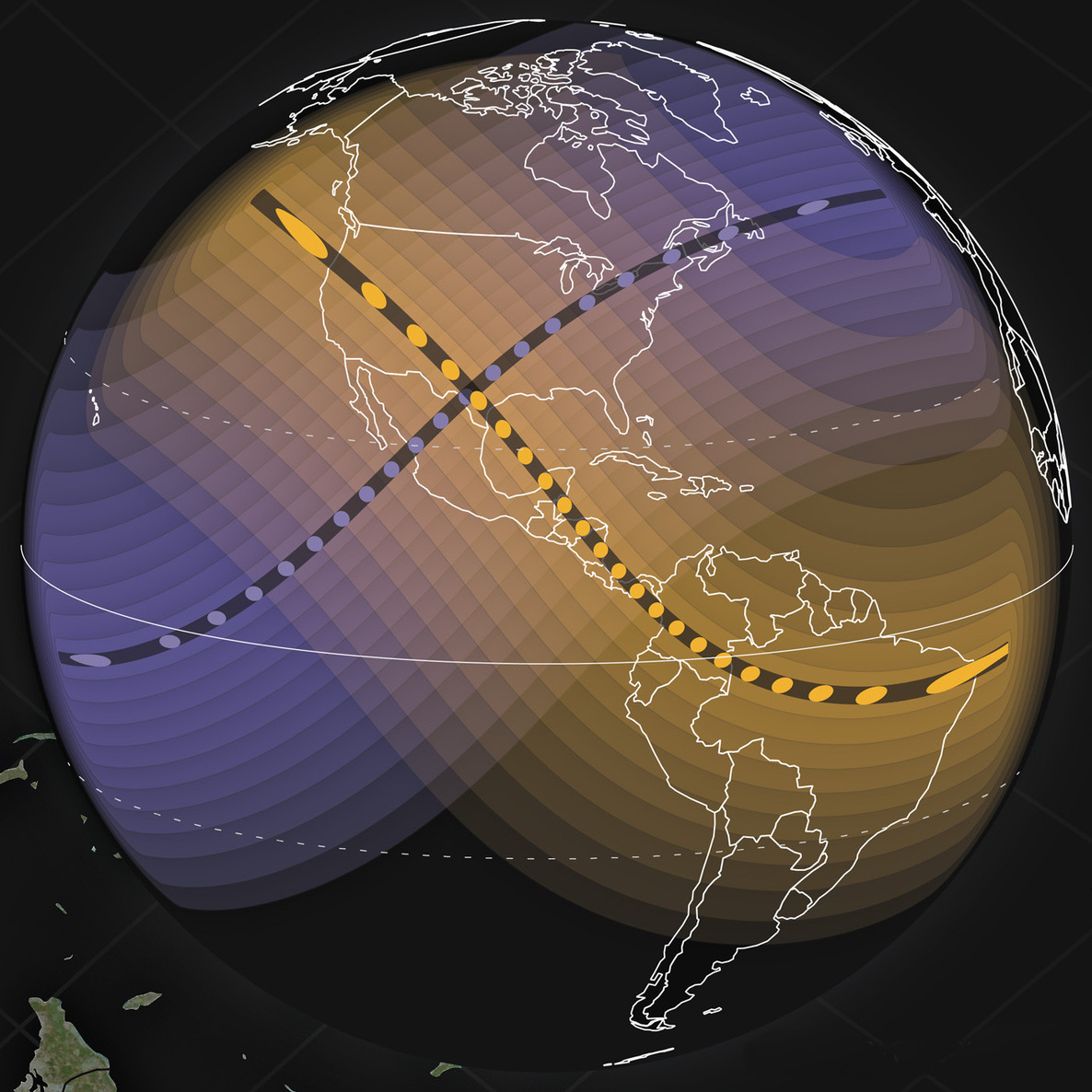







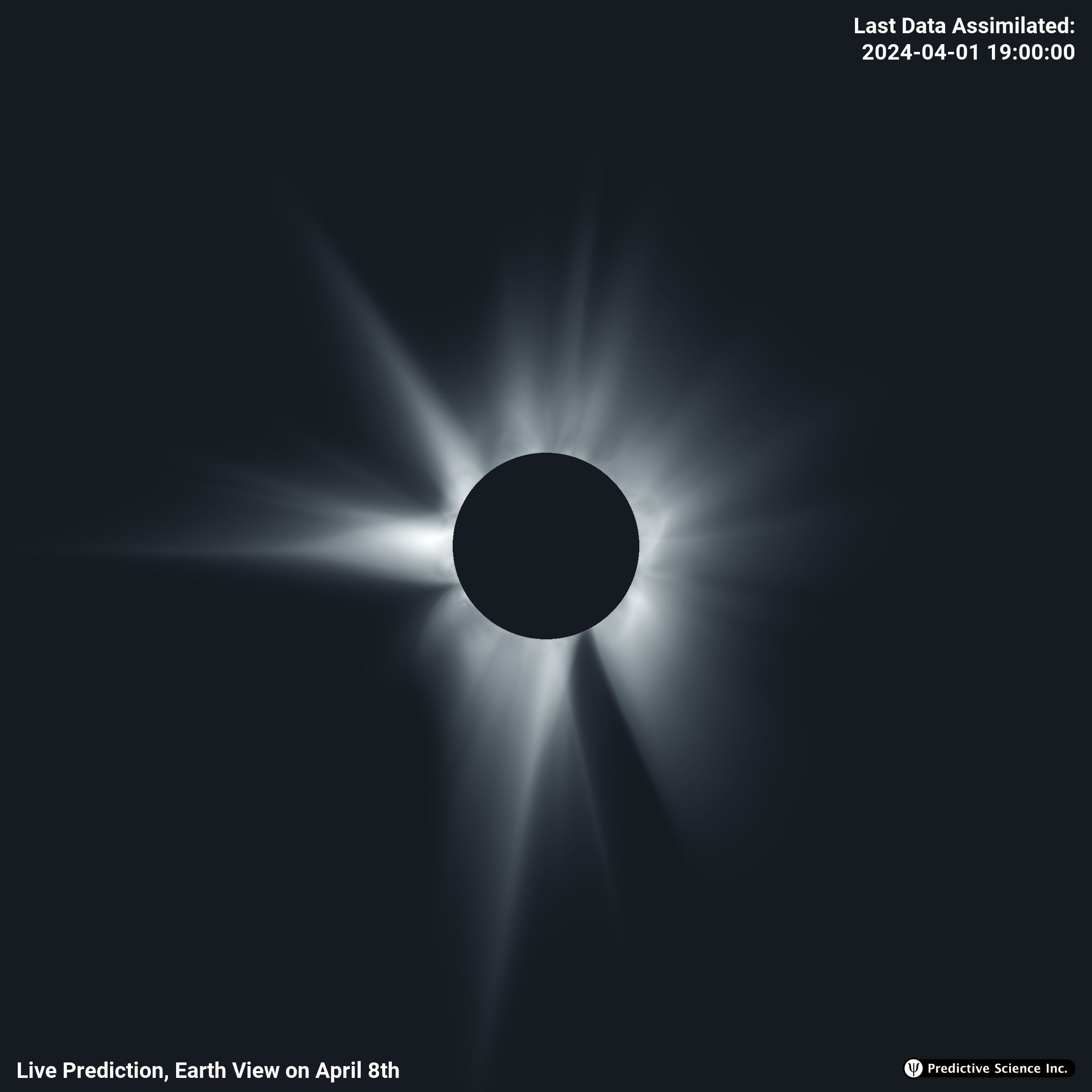





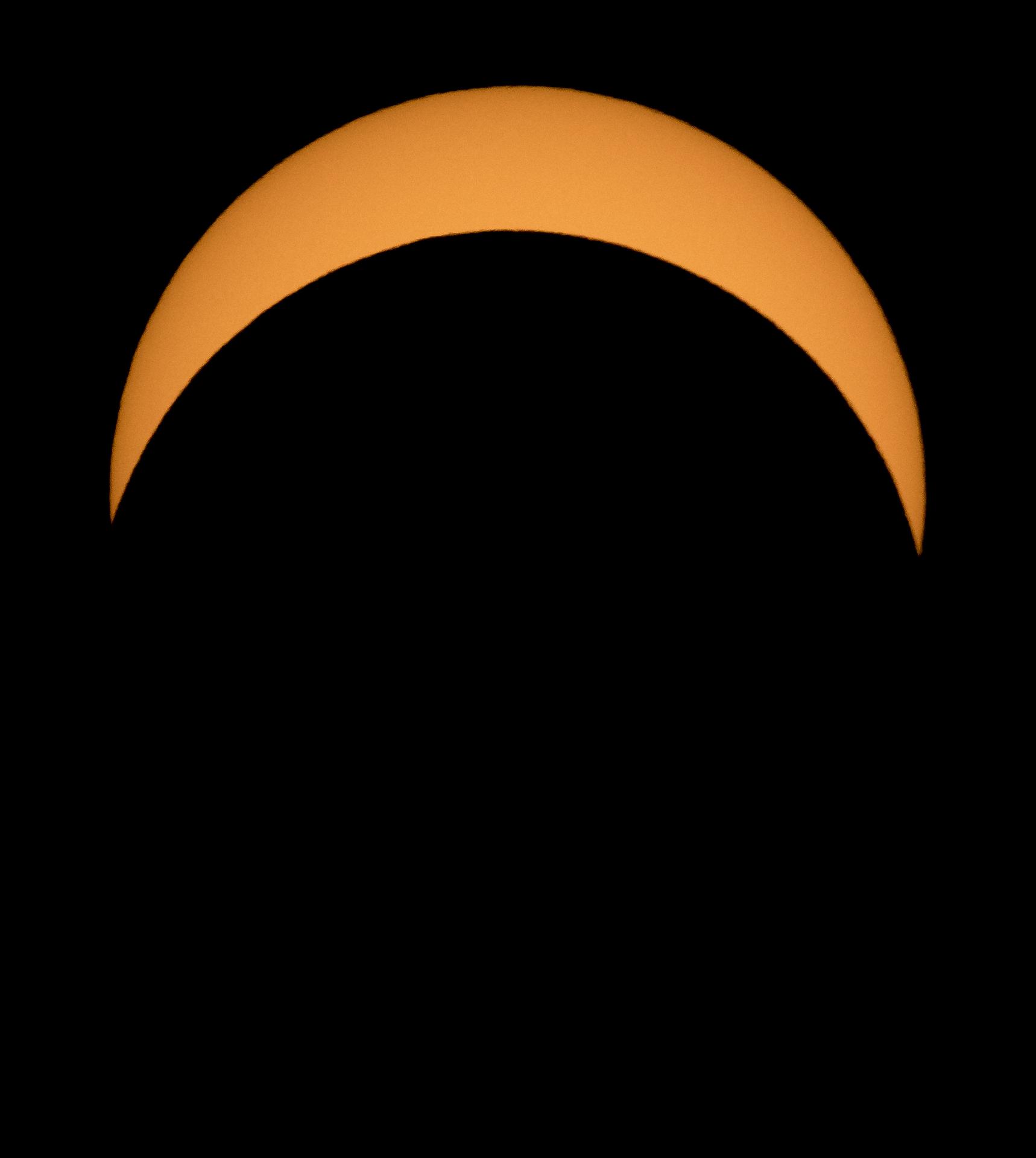


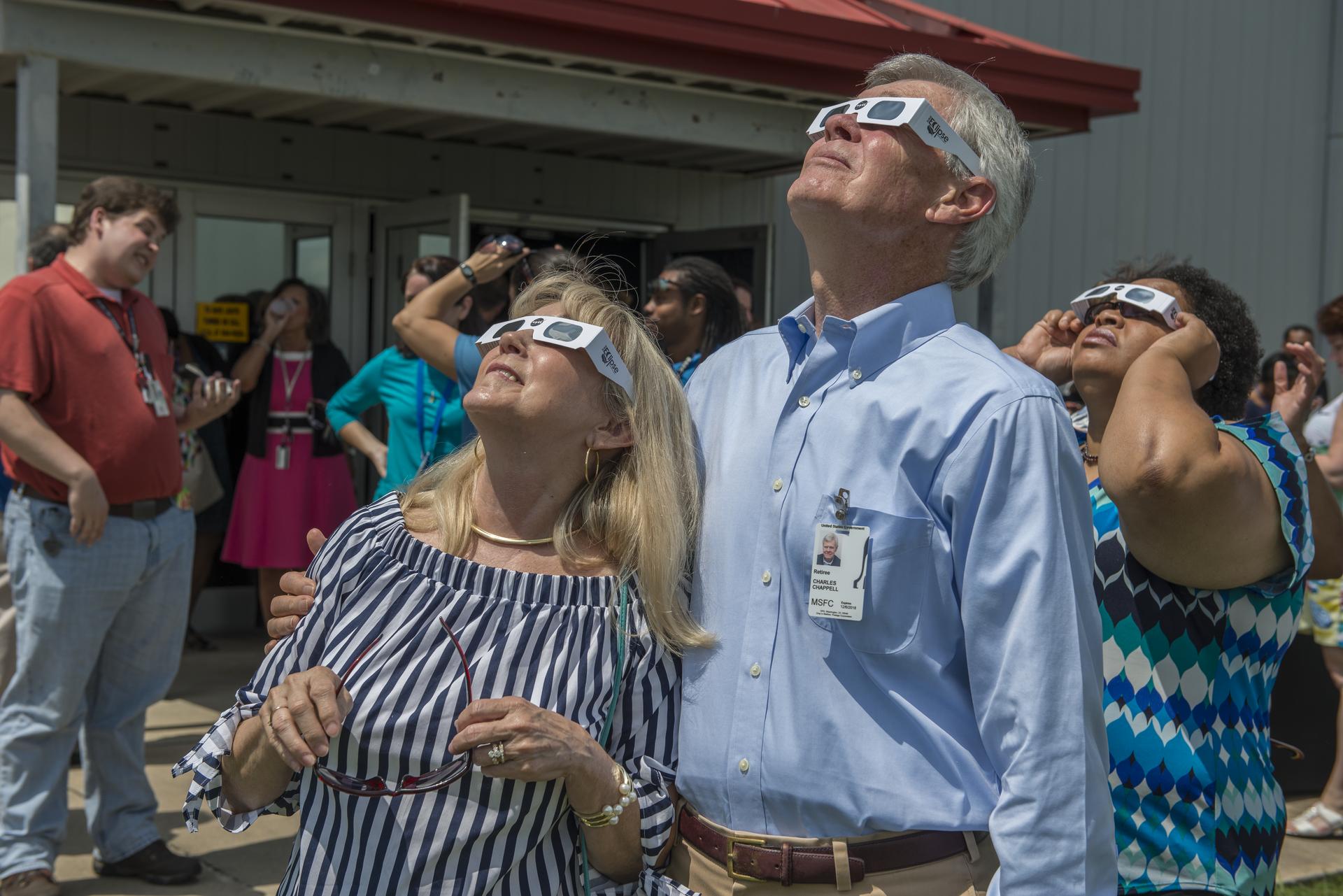





Leave a Reply